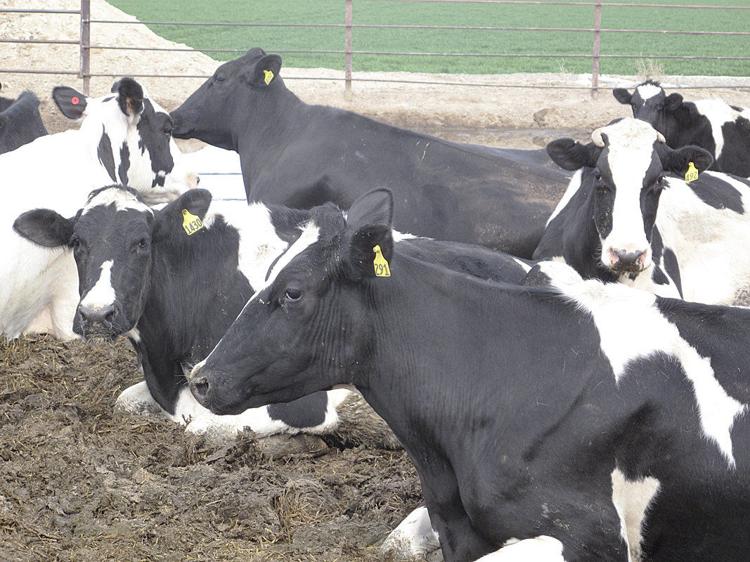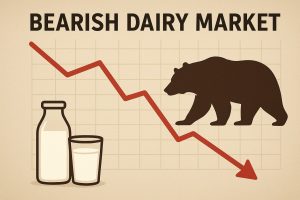
But the good times stalled in January with the outbreak of coronavirus in China, and markets are likely to suffer a “corona hangover” through much of the year, according to the latest RaboReseach Dairy Quarterly.
The onset of the coronavirus in China and the permeation across the globe have buyers and sellers scrambling to assess the market impact. Global dairy commodity prices have already priced in the uncertainty, the analysts said.
“The combination of reduced Chinese imports, significant supply chain disruptions — including extreme competition for shipping containers across the globe — and rising dairy surpluses in export regions will keep downward pressure on global markets through much of 2020,” they said.
Analysts have been thinking about the impact as coming in three waves, Ben Laine, RaboResearch dairy analyst, told Capital Press.
First is the disruption in consumer behavior. People aren’t going out to eat; they’re staying home and restaurants are closing.
Second is the logistical supply-chain disruptions with port congestion and the inability to find shipping containers, which are affecting trade, he said.
The third wave is the long-term implications if a slowdown in the global economy pushes the world into a recession, he said.
Measures put in place around the world to limit the spread of the virus could have a greater-than-expected impact on dairy demand and supply chains. Falling tourist numbers are already impacting foodservice sectors in several markets, the analysts reported.
A synchronized slowdown in the global economy was already a risk for dairy markets heading into 2020. The coronavirus and sharply declining oil prices are likely to lead to a global recession and more negatively impact dairy demand than previously anticipated, they said.
Rabobank is expecting some growth in milk production in exporting countries in 2020 but at a restrained pace. And a less-than-favorable finish to New Zealand’s production season is providing some price support.
But weak global demand for feed and trade and supply-chain disruptions could drive feed costs lower in many regions, fueling milk production above current expectations. In addition, a strong spring flush in the EU and U.S. could result in milk production that exceeds forecasts.
China’s dairy imports are forecast to fall 19% year over year in 2020, and milk powder stocks are building around the world, Laine said.
As for milk prices, consumer stockpiling has some potential for short-run support. But Rabobank has adjusted its demand expectations down, and that’s going to have some price-lowering impacts, he said.
“There is more risk to the downside in our forecast right now, particularly in the second half of 2020 if we enter into a broader economic recession with longer-lasting impacts on consumer demand,” he said.
























